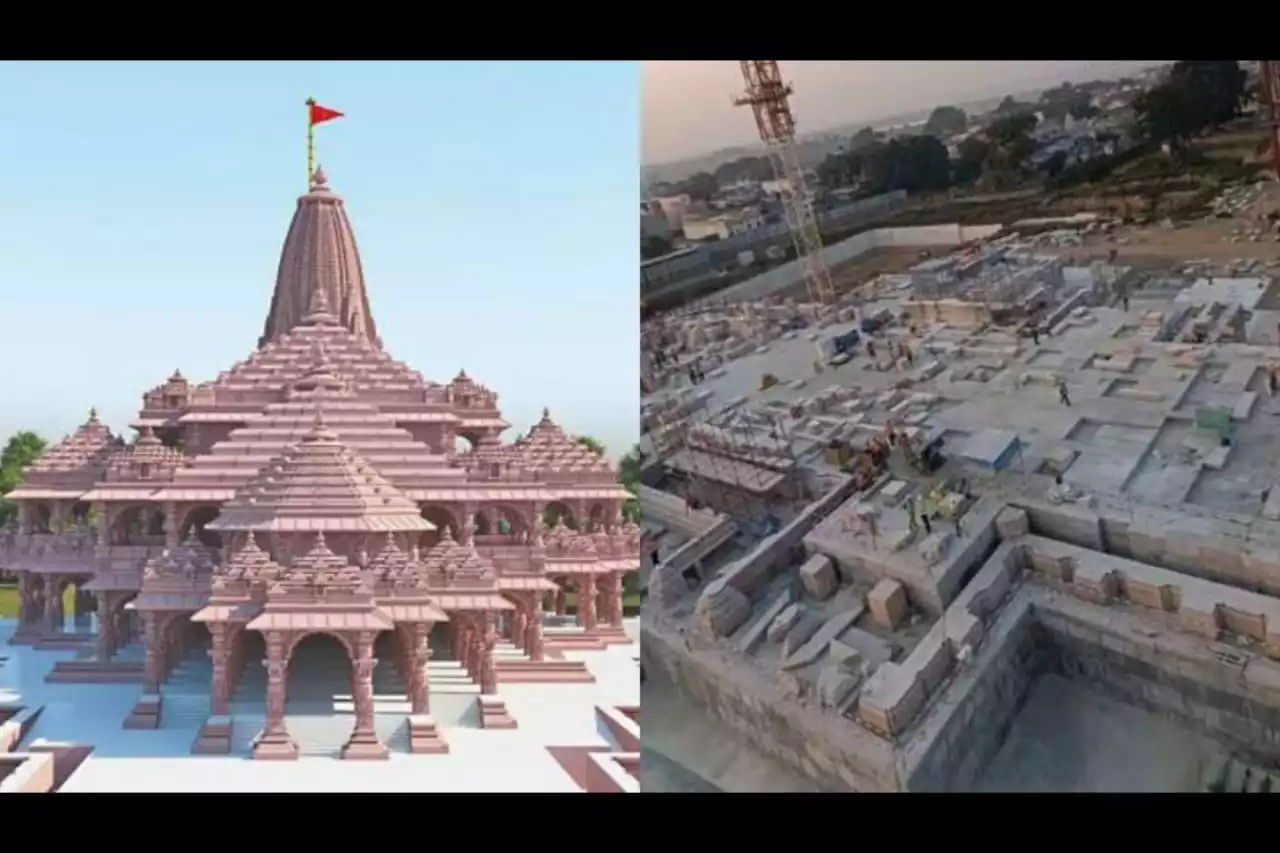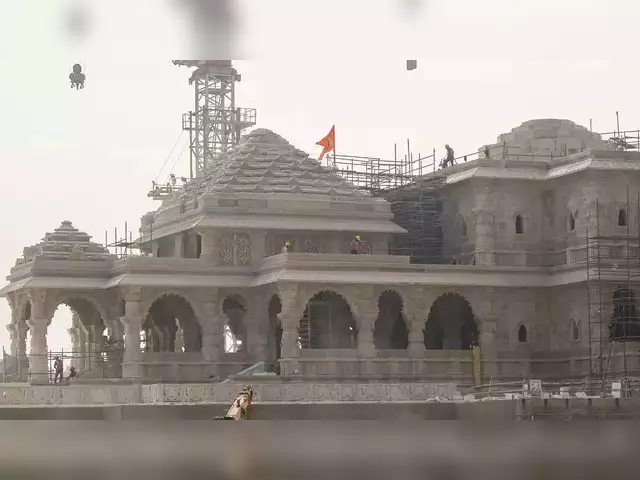The Ram Janmabhoomi-Babri Masjid dispute is one of the longest-standing and most contentious legal battles in India. The case revolves around the religious and historical significance of the site in Ayodhya, where both Hindus and Muslims lay claim. The legal journey of the Ram Janmabhoomi dispute spans several decades and has witnessed numerous judicial developments that have shaped the course of the dispute.
The dispute dates back to the 16th century when the Babri Masjid was constructed in Ayodhya. However, the controversy gained momentum in the 19th century when claims were made that the mosque was built on the birthplace of Lord Ram, a revered figure in Hinduism. Tensions escalated over the years, leading to the demolition of the Babri Masjid in 1992 by a group of Hindu activists, triggering widespread communal riots.
Following the demolition, a series of legal battles ensued. The primary issue at hand was the ownership and title of the land where the mosque once stood. The judicial developments in the Ram Janmabhoomi dispute can be categorized into three major phases.

The legal battle began in the 19th century, with the first recorded case in 1885 when Mahant Raghubar Das filed a suit seeking permission to construct a temple on the disputed site.
The dispute saw a surge in legal activity in the 1950s, with multiple suits filed by both Hindu and Muslim parties.
The demolition of the Babri Masjid in 1992 led to widespread violence and triggered legal proceedings.
The Liberhan Commission was set up to investigate the circumstances leading to the demolition.
In 1994, the Supreme Court intervened and ordered that status quo be maintained, freezing any religious activity on the disputed site.
The legal battle reached its pinnacle in 2019 when the Supreme Court delivered a historic judgment, ending decades of uncertainty.
The Supreme Court, in a unanimous decision, awarded the disputed land to Hindus for the construction of a Ram Temple and allotted an alternative five-acre plot to Muslims for the construction of a mosque.
The judicial developments in the Ram Janmabhoomi dispute are reflective of the complexities involved in balancing religious sentiments, historical claims, and legal principles. The journey from pre-independence legal battles to the landmark Supreme Court judgment in 2019 has been arduous and has left an indelible mark on the socio-political landscape of India.
While the legal saga has reached its conclusion with the Supreme Court's verdict, the Ram Janmabhoomi dispute remains a poignant chapter in India's history, emphasizing the need for a delicate balance between religious harmony and the rule of law. The resolution of this long-standing issue is a testament to the resilience of India's judicial system in navigating complex and emotionally charged disputes.
